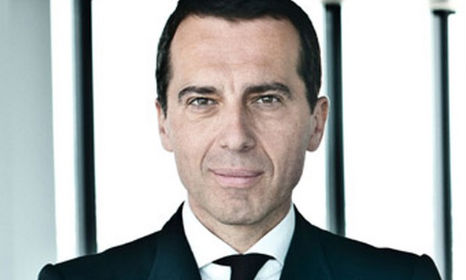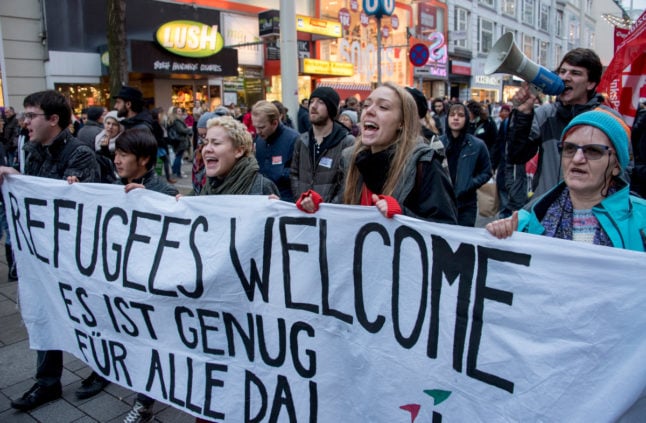Faymann, 56, quit on Monday two weeks after a historic debacle in the first round of an election for the largely ceremonial post of president at the hands of the far-right Freedom Party (FPÖ).
Regional bosses of the SPÖ, which is in an unhappy “grand coalition” with the centre-right People's Party (ÖVP), will discuss the issue on Friday, a party spokesman told AFP.
“The decision by the SPÖ's federal board will come on Tuesday. The designated candidate will then be sworn in by the president,” Matthias Euler-Rolle said.
He declined to comment on who might be chosen, but a majority of regional party organisations have spoken out in support of the 50-year-old Kern.
The Kurier daily reported online that the mayor of Vienna, Michael Haeupl, an SPÖ heavyweight, has thrown his weight behind him.
The SPÖ and ÖVP have dominated Austrian politics since 1945 but support has been falling for years, and they only just managed to scratch together a majority at the last general election in 2013.
Like elsewhere in Europe, they have been bleeding support to fringe groups, in particular to the populist FPÖ after almost a million migrants passed through Austria last year.
The FPÖ under Heinz-Christian Strache is leading opinion polls with more than 30 percent, compared to the low 20s for the SPÖ and ÖVP, ahead of the next election scheduled for 2018.
Faymann took a harder line on migrants in recent months, but this failed to boost his support and alienated many in the SPÖ, particularly those in the left wing of the party.
The final straw was the first round of the presidential election on April 24 when the FPÖ's Norbert Hofer scored 35 percent and the main parties' candidates won a dismal 11 percent each.
Hofer, 45, portrayed as a friendly face of the FPÖ, will take on Alexander van der Bellen, 72, the professorial former head of the Greens, in a runoff on May 22.
Van der Bellen warned on Thursday that Austria risked becoming a “blue republic” — in reference to the FPÖ's colours — if Hofer becomes head of state.



 Please whitelist us to continue reading.
Please whitelist us to continue reading.
Member comments